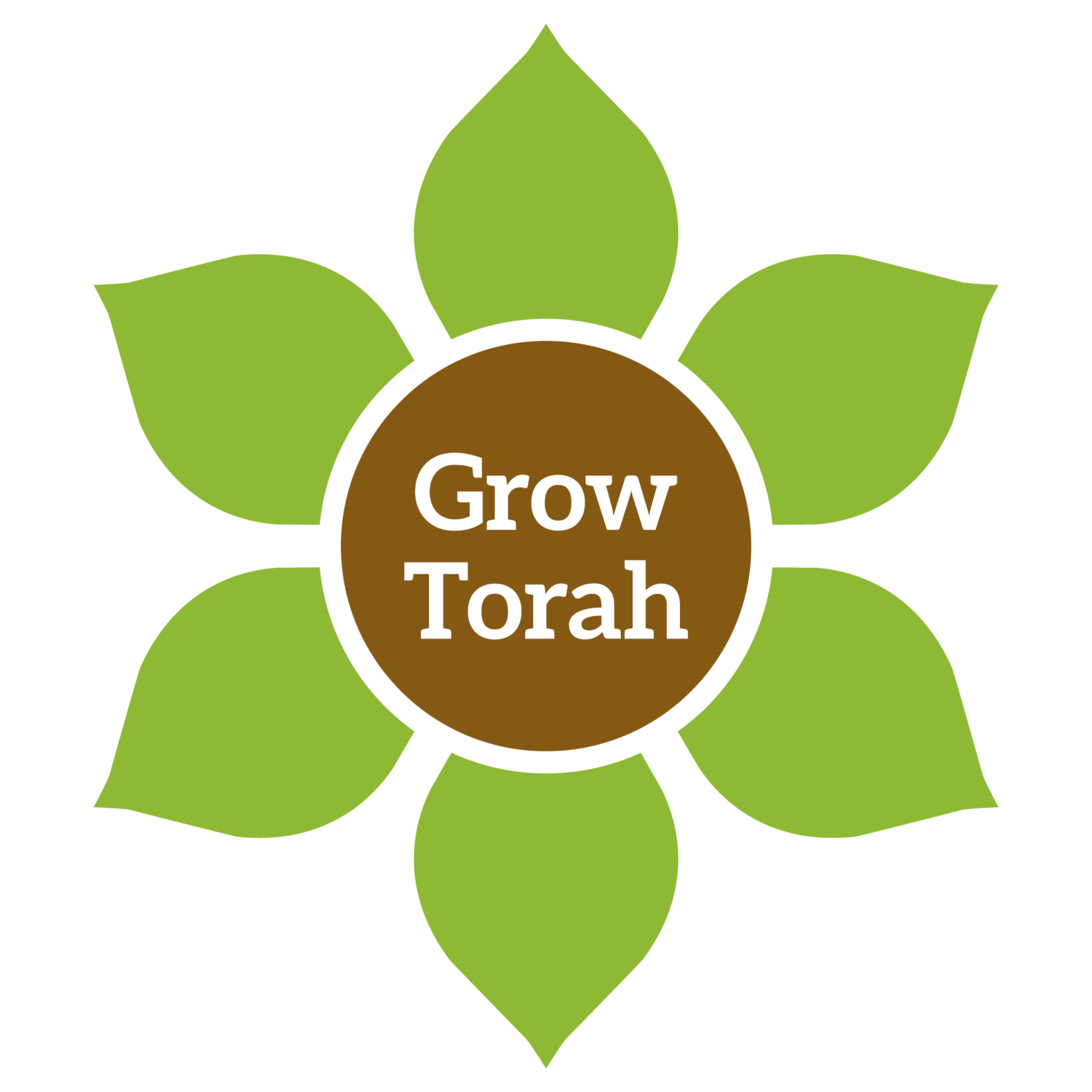Cabbage - כְּרוֹב
Agricultural Information:
Family: Cruciferae (Brassicaceae)
Scientific Name: Brassica oleracea
The cabbage is a biennial plant. In its first year, the stalk can be harvested. If not harvested, in its second year, a flowering stalk develops from its center, and seeds begin to form. At this stage, the leaves become somewhat woody and bitter, making them unsuitable for consumption.
Historical Information:
Cabbage is mentioned frequently by the Sages as an agricultural crop used as an edible vegetable. The use of this vegetable, along with the various species in this family, such as kohlrabi, broccoli, and cauliflower, began during the Second Temple period, upon the Greek and Roman conquests.
The Mishnah also mentions parts of the cabbage: kelach – a developed stem, and kulsei hakeruv, which is likely the “head” that is eaten. Additionally, the Mishnah refers to different agricultural methods of tending to the cabbage, including fertilization, and notes distinctions between irrigated cabbage and dry-grown cabbage.
As part of the praises of the Land of Israel, the Talmud describes a cabbage that required climbing with a ladder. This likely refers to one of the cabbage varieties with a central stalk from which the rosette of edible leaves develops.
Halachic Information:
Kilei zera’im and kilei hakerem*: Cabbage, as a biennial vegetable, is subject to the laws of kilayim, and should not be planted near other edible annuals or biennials, or grapevines.
Infestation: Similar to other leafy vegetables, cabbage is often heavily infested with insects that are difficult to detect due to their color that is very similar to the cabbage leaf.
*Kilei zera’im & kilei hakerem (interplanting – annuals & grapevines) generally do not apply outside of the land of Israel; the following laws apply only within the land of Israel.
Information about plants as they relate to torah and mitzvot has been generously provided by Mercaz Torah VeHa’aretz Institute.


